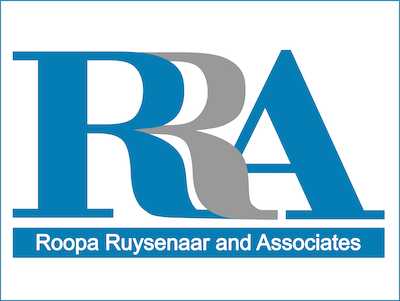What’s this all about?
Introducing the BBM
The Behaviour-Based Management (BBM) is a structured approach to improving performance within the organisation.
For the past three years, the Mutual Risk Group and RRA have been developing and testing the model with various member organisations. The underlying principle is to ensure that performance, including safety and quality, are improved using tried-and-test tools and techniques used in a systematic way.
The team is now busy with a small pilot with the Illovo Noodsburg plant. This will include testing some newly developed assessments and re-testing some of the tools.
The following “infographic” provides an overview of the full model and its key implementation stages. Please note that only certain aspects of the model will be tested at Illovo.
BBM Project Background
Behaviour-based models have, over the years, focused on two main components which often get blended together, namely Behaviour-based Quality and Behaviour-based Safety. Although they sometimes are used as synonyms, there are distinct differences as one can have shoddy and faulty workmanship (low quality) without any safety incidents. In the same way you can have a quality end-product but safety was compromised in the process and risky behaviours occurred.
In the long run though, quality behaviours and safety behaviours need to happen simultaneously and continuously for an organisation and its products and services to be viable and meet all standards and specifications. For this reason, it was considered important to develop a robust Behaviour-based model that provides for an understanding of why people behave the way they do and providing tools to guide behaviour change from non-conformance to full performance.
Phase 1
In Phase 1, three key documents were developed. These included the following:
1. A detailed White Paper provided an overview of the theoretical concepts and key elements of a behaviour-based model. This document establishes the foundation for the development of a robust framework based on the ABC Model of Behaviour.
2. In addition to the White Paper, an Appendix Document established an initial set of tools that would be used in the implementation of the model, including key rubrics to be used to determine antecedent factors that may influence behaviours and diagnostic tools to understand and define the current behaviours within the workplace.
3. An Overview Presentation to highlight the key aspects of the BBM and summarise the two documents.
Phase 2
With an initial BBM developed, the second phase of the project aimed to refine the tools and review their application on site. Spar was selected for this phase of the project. In addition a detailed outline of the BBM standard and associated guidelines were prepared as a major deliverable of Phase 2 and as a core set of documents to make BBM accessible to all members of MRG. These documents form the basis of the standards that we use with our clients to build their own BBM interventions.
Phase 3
The current phase of the programme seeks to test the standard and assessments at Illovo Noodsburg facility. The majority of the tools are tried and tested and the toolkits are ready to assist companies outside of the MRG to implement BBM practices.
Want to check out some of the portal functionality? We have set up a demo portal for you to do just that.
Quick Contact
Want to find out more? Get in touch and we'll get right back to you.

